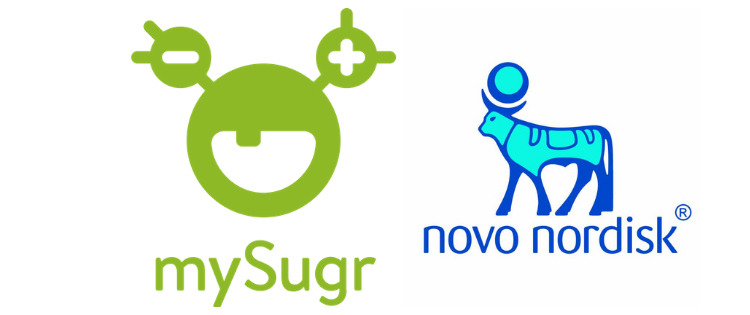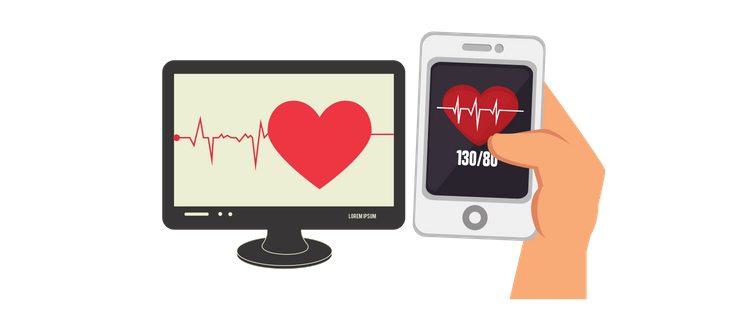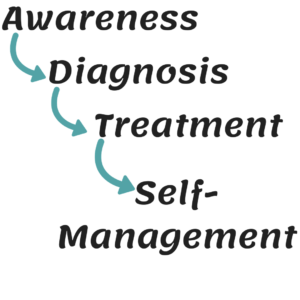One of the first discussions that we had with our Pediatric Endo was the plan to start using a Dexcom almost immediately. Unfortuantely, the insurance requires 90 day of blood sugar logs, so we couldn’t get started for at least 90 days.
I know that for people who may be new to diabetes, learning the basics for 90 days and having logs for 90 days is beneficial before jumping right into using a CGM, however, with my 10 years of CGM experience, I was adamant that I wanted a Dexcom as soon as possible.
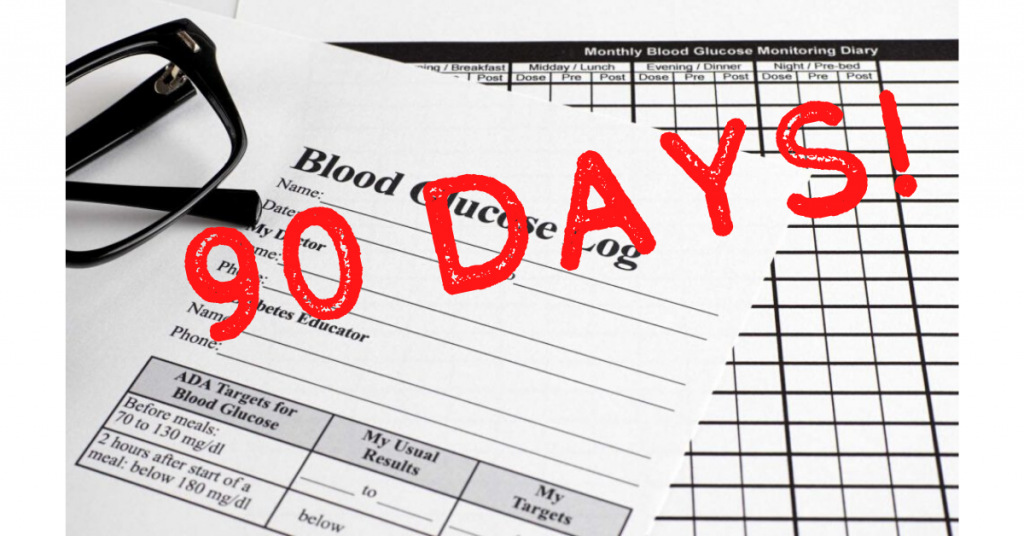
Our endo was OK with that, as long as I promised not to make rash decisions and quickly give a correction just because I started to see a CGM arrow somewhere.
I agreed with her because we were still figuring out how insulin worked in our daughter’s body. We didn’t know exactly what her ratios and correction factors should be set at, so I didn’t want to make quick decisions to stop an arrow (like I do for myself) and then cause a quick drop in her glucose level.
Why Did We Choose Dexcom
I knew that I wanted her to use a Dexcom for a few reasons.
Ease of Insertion
I had previously used a Medtronic CGM and I hated it. It was primarily because I didn’t like the insertion process. I actually hated the old Dexcom insertion process even more, which is why I used Medtronic for some time. But, with the new Dexcom insertion device, it’s a breeze and much easier and doesn’t look as scary, so I knew that was going to be part of the decision of being able to get her to let us do this every 10 days.
Not as Painful
As compared to the Medtronic CGM, the Dexcom is not as painful of an insertion. For myself, I don’t even feel it going in and sometimes wonder if it’s even in properly. Of course not every insertion is painless, but majority of them are. Pain was obvious a huge decision factor because what kid is going to want something super painful every 10 days being inserted into them?
My Comfort Level
I use Dexcom and I trust Dexcom. There is a comfort level like no other with Dexcom
I literally trust my own life with it. I check my blood sugar with test strips maybe once a month, I’d say in the last 12 months of using Dexcom G6, I have tested manually less than 10 times. I don’t feel the need to test, that’s how much I trust it.
Now, when it comes to our daughter, we still check her blood sugar on her finger about 3 times a day. We have become a lot more comfortable bolusing off of her Dexcom, but we still do check several times a day.
Future Compatability with Omnipod
I also knew that we would be putting her on an Omnipod as soon as we could also. So, I wanted to use Dexcom so that when the Omnipod and Dexcom are fully compatible and working together for a semi-closed loop system, we would already be ready with the Dexcom.
Why CGM So Quickly
The reason why we wanted a CGM as soon as possible was pretty obvious. We wanted to know as close to real-time glucose levels as possible. The thought of not knowing what our daughter’s glucose levels were drove us insane.
We went to Target one day and she said that she felt wobbly and dizzy, so we checked her. She was 42. This was only about an hour after eating lunch. I ran to the front of the store with her and grabbed an apple juice and just had her start drinking.
With a Dexcom, we could have spotted that low coming before it was freak out time. That was when my wife knew she did not ever want her to not have a Dexcom on at some point. Those 2 hour warm up times are still the most stressful 2 hours for my wife.
I know, we could do it without a CGM
I know that there are plenty of people without CGMs and do perfectly fine and when I was first diagnosed, we didn’t have CGMs and I made it through. They also didn’t have showers 100 years ago but I’d prefer running water and showers over using a bucket to wash myself.
But, I digress, back to the story.
My endo worked with us to ensure that on day 90 we were able to submit all of our logs and get started on the Dexcom. We used her diagnosis day as day 1 of starting her logs so we could get approved a few days earlier.
It took a few days for the supplies to come in and then we did a training in the diabetes educator’s office and that was a nightmare. Our daughter freaked out and cried a lot, however, it was a good sensor and it made it all 10 days. It took her a little while to get used to it, but the second one we inserted, we did from the comfort of our own home and she was perfectly fine.
Now, a year later, she gets a little nervous right before we put a new Dexcom on, but we let her watch a video or watch a cartoon on TV and she is good to go.
Distraction is the best method of diabetes device insertion for us.
What kind of distractions do you use for inserting Dexcom or Omnipod on your children? Comment below or join the conversation on Facebook.
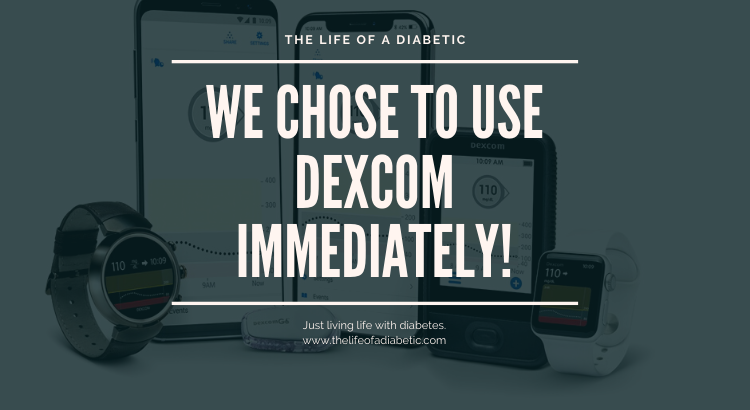
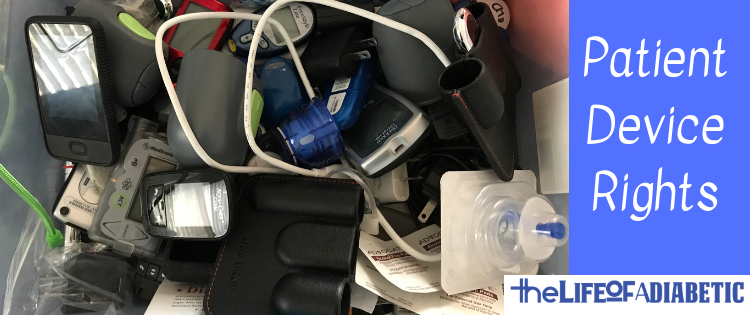
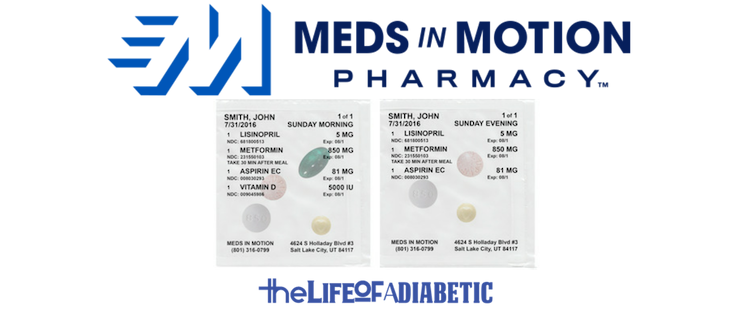
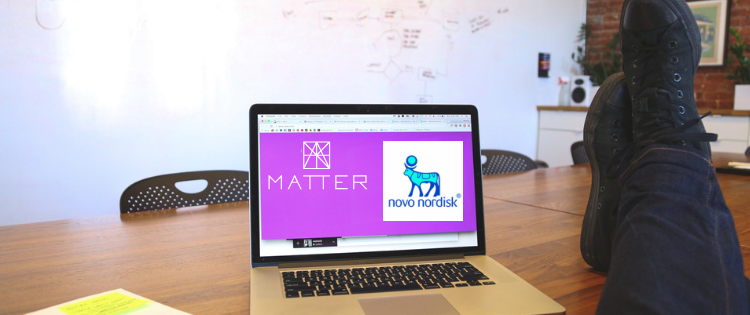
 This will be a competition that Novo Nordisk and
This will be a competition that Novo Nordisk and 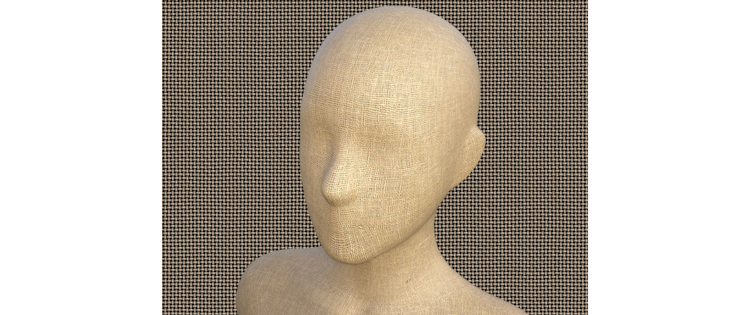
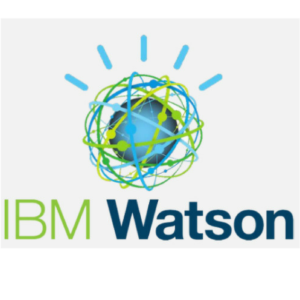 Recently I wrote about an article talking about using digital health in all four stages of the patient journey, this is very similar. Using machine learning, or AI, during all 4 of these stages is where healthcare can be more predictive and maybe we can save more lives because of it.
Recently I wrote about an article talking about using digital health in all four stages of the patient journey, this is very similar. Using machine learning, or AI, during all 4 of these stages is where healthcare can be more predictive and maybe we can save more lives because of it.